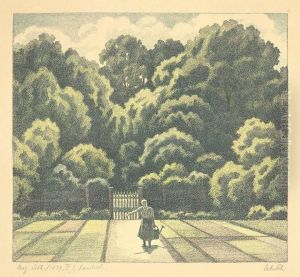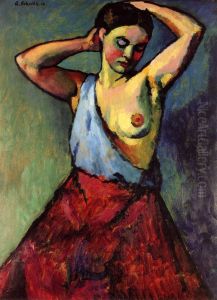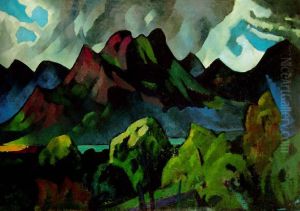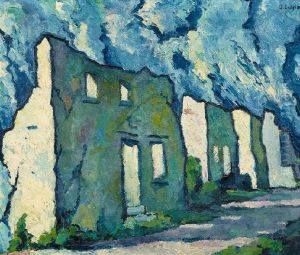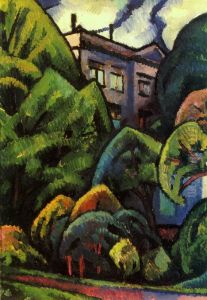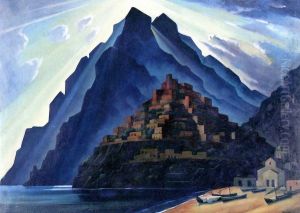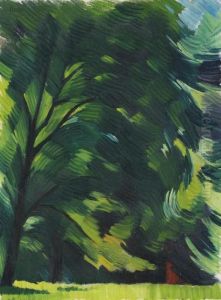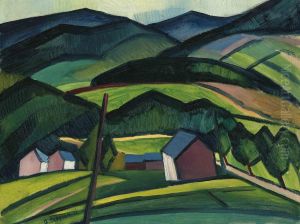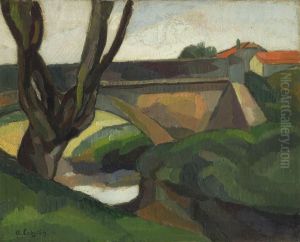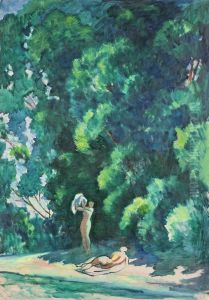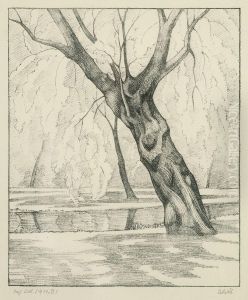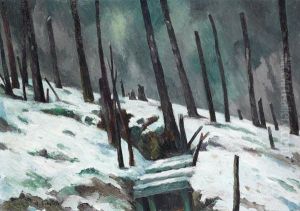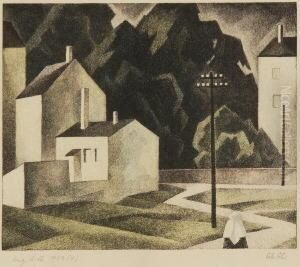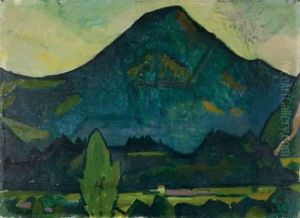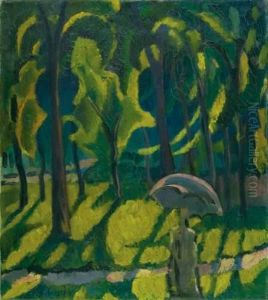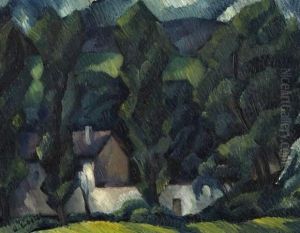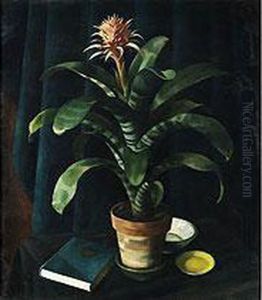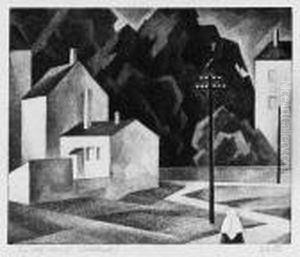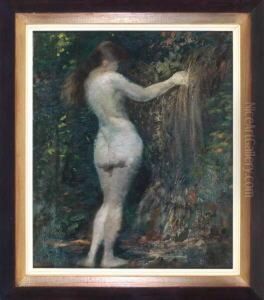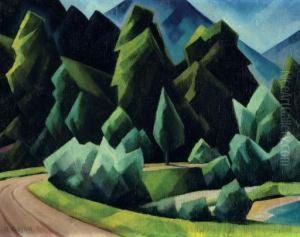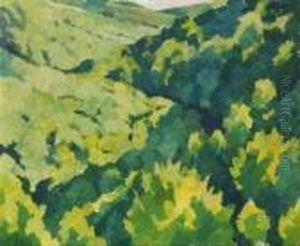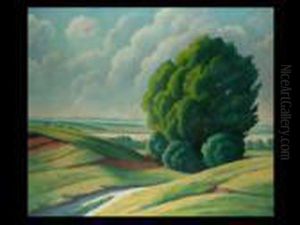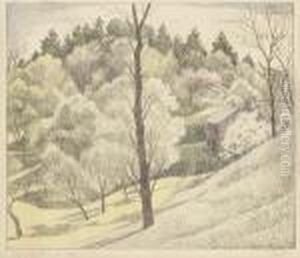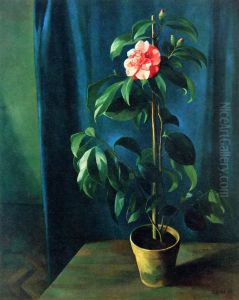Adolf Erbsloh Paintings
Adolf Erbsloh was a German painter who played a significant role in the development of modern art in Germany in the early 20th century. He was born on May 12, 1881, in New York City, to a wealthy German family. Despite his American birth, Erbsloh is primarily associated with German art history due to his family's strong roots in Germany and his significant contributions to the German art scene. He spent most of his life and career in Germany, where his work evolved through several phases, including Impressionism, Expressionism, and New Objectivity.
Erbsloh initially trained as a merchant, as per his family's wishes, but he soon turned to art, studying first at the Academy of Fine Arts Munich from 1901 to 1903. He then traveled extensively, including to Paris, where he was influenced by the burgeoning avant-garde movements. Erbsloh's early works reflect the influence of Impressionism with their bright palette and loose brushwork. However, he is most closely associated with the German Expressionist movement. In 1909, he co-founded the artist group 'Neue Künstlervereinigung München' (New Artists' Association of Munich) with Wassily Kandinsky, Alexej von Jawlensky, Marianne von Werefkin, and others, which aimed to explore new avenues in art and was a precursor to the more famous 'Der Blaue Reiter' (The Blue Rider).
During World War I, Erbsloh's artistic output was interrupted by military service. After the war, like many artists of the time, he faced a period of reorientation. His post-war work became more realistic and subdued in tone, reflecting the broader New Objectivity trend in German art that emerged as a reaction to the intense emotionality of Expressionism.
Erbsloh was also an influential art educator, founding the 'Adolf-Erbslöh-Schule' for painting in Blaue Land, Bavaria, where he taught many young artists and disseminated his ideas on modern art. He remained active in the German art scene throughout his life, participating in numerous exhibitions and maintaining connections with other important artists of the era.
Adolf Erbsloh's contributions to modern art are characterized by his experimentation with form and color, and his role in fostering the development of Expressionism in Germany. Though less well-known than some of his contemporaries, his work is respected for its vitality and innovation. Erbsloh passed away on July 17, 1947, in Garatshausen, Upper Bavaria, Germany, leaving behind a legacy of artistic exploration and education that influenced the trajectory of 20th-century German art.
